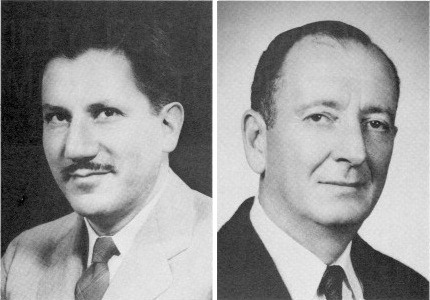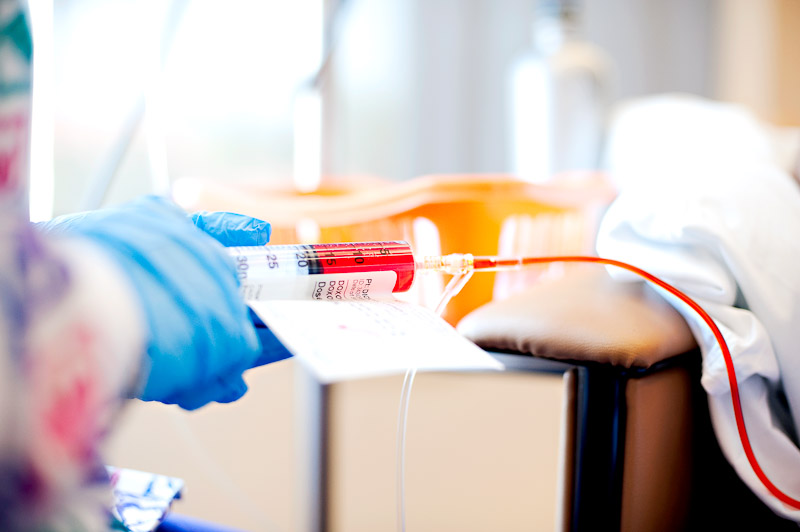Chemotherapy gets a bad press. It undoubtedly has sometimes severe side effects yet it has saved 100s of thousands of lives from premature cancer deaths. The history of chemotherapy is very interesting. What I'm going to present here is a commonly told tale and I think mostly true, but I really can't vouch for all the historical details.
World War I was full of horrors, perhaps none more horrific than the use of chemical weapons. When World War II broke out, the allies were fearful of its renewed use so they stockpiled a store of mustard gas to use as retaliation. The SS John Harvey had a secret store of mustard gas and was stationed in Bari harbour, Italy when it was subject to an air-raid. Many hundreds of people died due to exposure of released mustard gas. Post-mortem examination of the bodies showed profound lymphoid and myeloid hypoplasia leading physicians to hypothesise it may have therapeutic use in cancer. Two pharmacologists, Goodman and Gilman (picture below), modified the chemical structure of mustard gas to make the more stable nitrogen mustard. Trials on humans with lymphoid malignancies (yes - lymphoma blazed the trial!) showed it could induce temporary responses.

So proof of principle was demonstrated. Shortly afterwards, the pathologist Sydney Farber (of Dana-Farber fame - picture below) reasoned that as the bone marrow in folic acid deficient patients had similarities to the bone marrow of children with acute leukaemia, treating leukaemia with folic acid may have therapeutic benefit. Sadly he was wrong and in fact the exact opposite was observed! Thankfully though Farber had also heard of the recent development of folate antagonists and correctly reasoned that if folic acid made things worse, anti-folates might make things better. Initially aminopterin was used but later methotrexate. Impressive responses were seen in children with ALL and later on in other cancers such as choriocarcinoma.

In a different medical field, experience in infectious diseases suggested that cures for TB could be achieved using combinations of antibiotics to avoid resistance. So it was reasoned that combinations of chemotherapy may achieve similar effects with cancer. Combination chemotherapy was born. Some of the first combination chemotherapy regimens shown to cure cancer, were developed in the lymphomas such as MOPP (in Hodgkin Lymphoma) and later CHOP (in high grade non-Hodgkin lymphoma).
So in a very real sense we have chemical weapons to thank for the development of chemotherapy - a wonderful unintended consequence of a tremendous evil.


Great effort Dr Graham. Will be waiting to read the next one.
ReplyDelete